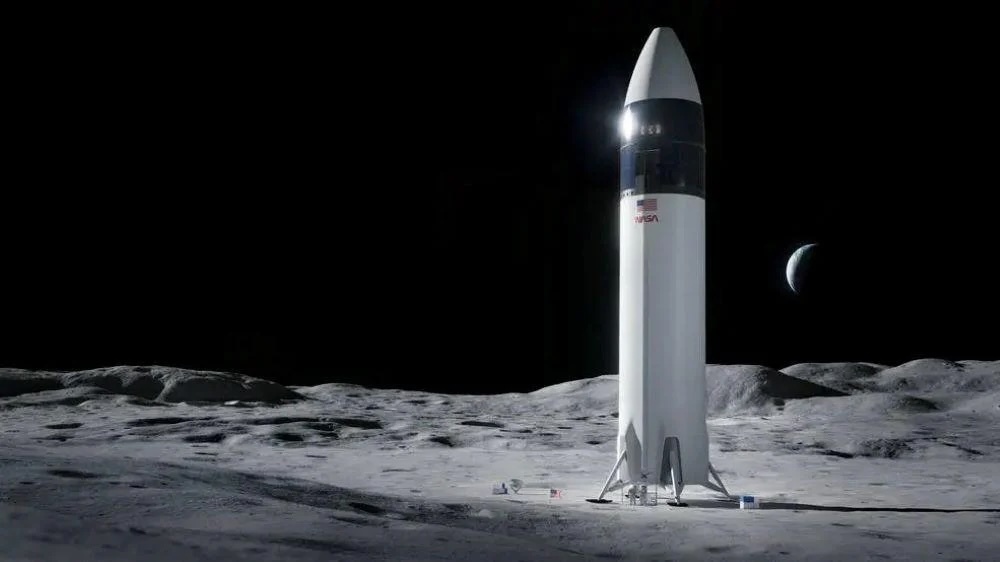22.09.2025

SpaceX's Starship Human Landing System development is behind schedule.
NASA plans to open its Artemis III Human Landing System (HLS) contract, originally awarded to SpaceX, as part of a new competition.
The aerospace agency wants to use competition to speed up the U.S.’s return to the Moon, said Sean Duffy, secretary of transportation and acting NASA administrator, in multiple television interviews Oct. 20.
“The problem is [SpaceX is] behind. They pushed their timelines out and we are in a race against China,” Duffy said in an interview with CNBC. “The president and I want to get to the Moon in this president’s term, so I am going to open up the contract. I am going to let other space companies compete with SpaceX, like Blue Origin. Whatever one can get us there first to the Moon, we’re going to take.”
The acting NASA administrator added that he was open to having two companies contracted to carry astronauts to the Moon by 2028.
In 2021, NASA awarded SpaceX a firm-fixed price, milestone-based contract worth $2.89 billion to use a special version of its Starship launch vehicle to land astronauts on the Moon’s south pole. Blue Origin protested the award, but it was denied, and a subsequent lawsuit was dismissed.
That Artemis III mission, planned for mid-2027, would start with Boeing’s Space Launch System and Lockheed Martin’s Orion crew capsule launching four astronauts from Earth to lunar orbit, where two crewmembers would transfer to SpaceX’s HLS. Two astronauts would descend to the lunar surface in HLS for an about 6 1/2-day mission on the Moon.
SpaceX is still developing and testing its Starship vehicle, which is also part of a larger, fully reusable heavy launch system for launching satellites and crew into Earth orbits. The fully reusable system has suffered a series of explosions during testing, setting back the program.
Prior to Artemis III, SpaceX is to fly at least one uncrewed demo mission that lands its Starship HLS on the lunar surface, NASA says on its mission web page. “When Starship has met all of NASA’s requirements and high standards for crew safety, it will be ready for its first Artemis mission,” the aerospace agency says.
SpaceX’s HLS architecture requires it to launch a storage depot to low Earth orbit. The company has yet to demonstrate Starship can be refueled in space.
“A series of reusable tankers will carry propellant to the storage depot to fuel the human landing system,” NASA says. “The uncrewed Starship human landing system will then launch to Earth orbit and rendezvous with the storage depot to fill its tanks before executing a translunar injection engine burn and traveling approximately six days to near-rectilinear halo orbit where it will await the Artemis III crew.”
“Artemis III will be one of the most complex undertakings of engineering and human ingenuity in the history of deep space exploration to date,” NASA adds.
Blue Origin is due to fly its Mark I lunar lander early next year, a prototype for its HLS-class Mark II. But that spacecraft also has a complex mission architecture, as it is designed to be refueled in lunar orbit.
Responding to Duffy’s comment on X.com, SpaceX CEO Elon Musk dismissed China and Blue Origin’s lunar lander capabilities.
“Blue Origin has never delivered a [useful] payload to orbit, let alone the Moon,” Musk wrote. “SpaceX is moving like lightning compared to the rest of the space industry. Moreover, Starship will end up doing the whole Moon mission. Mark my words.”
Quelle: AVIATION WEEK
